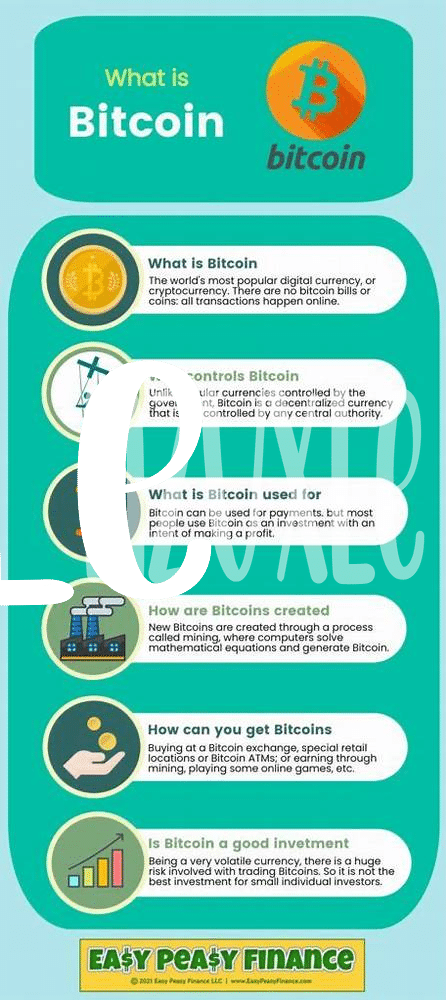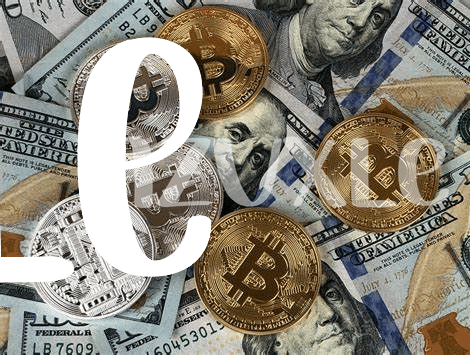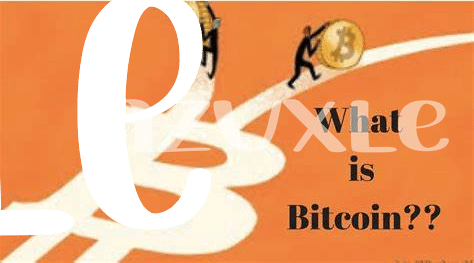Exploring the Roots of Bitcoin 🌱

Bitcoin, often seen as a mysterious invention, was introduced to the world in 2008 by an unknown person or group using the name Satoshi Nakamoto. Its birth was aimed at creating a new form of money that could operate outside of government control, free from central banks’ grip. Bitcoin is more than just digital cash; it’s a groundbreaking technology that relies on a public ledger called the blockchain. This ledger records all transactions in a secure and transparent way, ensuring that every coin spent is accounted for. Unlike traditional money, where your trust is placed in financial institutions, Bitcoin puts its trust in a complex system of computers spread across the globe. These computers, running the Bitcoin software, work together to process transactions and secure the network in a process known as mining. Here lies the beauty of Bitcoin’s roots – it’s not just an alternative form of money but a new way of thinking about and handling transactions without a central point of control.
| Key Element | Description |
|---|---|
| Creator | Satoshi Nakamoto (pseudonym) |
| Year of Introduction | 2008 |
| Core Technology | Blockchain |
| Objective | To operate outside of centralized financial systems |
| Trust Mechanism | Network of computers (miners) |
How Does Bitcoin Work? a Simple Breakdown 🤔
Imagine if you could send money to a friend without needing a bank in the middle, like handing over cash but through your phone. That’s the magic of Bitcoin. Picture a giant, worldwide ledger where each transaction between people is recorded. This isn’t in one place, like a bank, but spread across thousands of computers. Anyone with a computer can join in and help keep this ledger updated in what’s known as “mining.” They check the transactions to make sure everything adds up and, in return, they get a little bit of Bitcoin. This process keeps everything open and fair without one person or group in charge. But it gets even more interesting, and perhaps a bit complicated, when you look closer. Want to learn more about the ups and downs of handling digital currencies? Check out this insightful piece on https://wikicrypto.news/unlocking-your-lost-bitcoins-recovery-tools-for-starters for a deeper dive.
The Myth of Total Decentralization Unveiled 🔍

When people hear about Bitcoin, many think of it as a leader in the world of digital currencies, standing tall on the promise of decentralization. This concept sparks images of a financial landscape free from the tight grip of centralized authorities like banks and governments. However, a closer look into the Bitcoin ecosystem reveals a different story. Decentralization, in the purest sense, means spreading power and decision-making away from a central point. While Bitcoin achieves this to a degree, its network is not completely immune to concentrations of power. For instance, the reality is that a significant portion of Bitcoin mining, the process of validating transactions and creating new coins, is in the hands of a few large mining pools, raising questions about the balance of power. Moreover, decisions regarding updates and changes in the Bitcoin protocol are influenced by a relatively small group of developers. This scenario points to nuances in Bitcoin’s decentralization, suggesting that while it strides towards reducing reliance on centralized systems, it is not entirely free from power clusters that could sway its direction. Understanding this helps to shed light on the complexities of decentralization in the world of cryptocurrency, a journey filled with aspirations and real-world challenges. 🌐🔍⚖️
Power Imbalance: Who Truly Controls Bitcoin? ⚖️

When people whisper about who holds the reins to Bitcoin, their fingers often point towards the mysterious miners and the crypto giants. Imagine a playground, but instead of kids, you have miners – individuals and companies with powerful computers solving complex puzzles to validate transactions and earn new bitcoins. These miners are crucial, but their advanced equipment isn’t something everyone has lying around in their garage, leading to a cluster of powerful players dominating this space. Then, there are the big wallets – entities with heaps of Bitcoin, whose massive transactions can send ripples across the market. This concentration of power sparks a debate, nudging us to question the decentralized nature we often associate with Bitcoin. It’s a curious mix of democracy and dominion, painting a picture that’s less about a free-for-all and more about gated gardens. For folks curious about navigating these waters and understanding the bitcoin historical price trends for beginners, it’s an intricate world filled with both opportunity and caution. This peek behind the curtain reveals a space buzzing with potential but reminds us of the vigilance needed as we dream about a truly decentralized future.
Comparing Bitcoin with Traditionally Centralized Systems 🏢 Vs. 🌐
When you think about how money works, you often picture banks and government institutions right at the heart of it, holding all the strings. This is what we call a centralized system – it’s like having a big boss in charge of everything from what your money is worth to how much of it you have in your account. Now, picture a world where instead of this ‘big boss’, the control is spread out like a giant web connecting millions of people. This is the essence of Bitcoin. Unlike traditional systems, where decisions are made by a select few, Bitcoin runs on a network that allows anyone who participates to have a say. But it’s not as straightforward as it might seem. In practice, some argue that a few big players, known as miners, have more say than others because they own massive amounts of the network’s computing power. Here’s a quick look at the two systems side by side:
| Aspect | Traditional Systems (Centralized) | Bitcoin (Decentralized) |
|---|---|---|
| Control | Held by banks and governments | Distributed across network users |
| Decision Making | Central authority (e.g., bank heads, government officials) | Consensus among participants |
| Influence of Power | Highly concentrated | More distributed, though large miners have significant influence |
| Transparency | Often limited | High, due to the public ledger (blockchain) |
So, while the leap from traditional systems to something as revolutionary as Bitcoin is immense, it’s not a perfect utopia. Power dynamics still play a role, and understanding this helps to appreciate both the strengths and the challenges of stepping into a decentralized world.
The Future of Bitcoin: Can It Become Fully Decentralized? 🚀

As Bitcoin sails through the digital age, the question of its true decentralization remains a hot topic. Imagine a world where no single entity holds the power, and everyone has an equal say in the network’s future. This dream of ultimate decentralization is a vision Bitcoin strives towards. Presently, while strides have been made, challenges such as mining pool dominance and the concentration of nodes suggest there’s still a journey ahead. However, optimism isn’t lost among enthusiasts and developers who continuously work on innovative solutions, like improving the protocol and enhancing user participation. These efforts aim not just to decentralize further but to ensure Bitcoin remains a robust, secure, and transparent system for all. For folks just getting started or needing a bit of guidance on navigating potential pitfalls, a handy resource is bitcoin and central banks for beginners, providing insights into recovery tools and tips on safeguarding your digital treasure. As we look towards the horizon, the evolving landscape of Bitcoin gives hope that the path to full decentralization, though winding, is indeed possible. 🌐🚀
